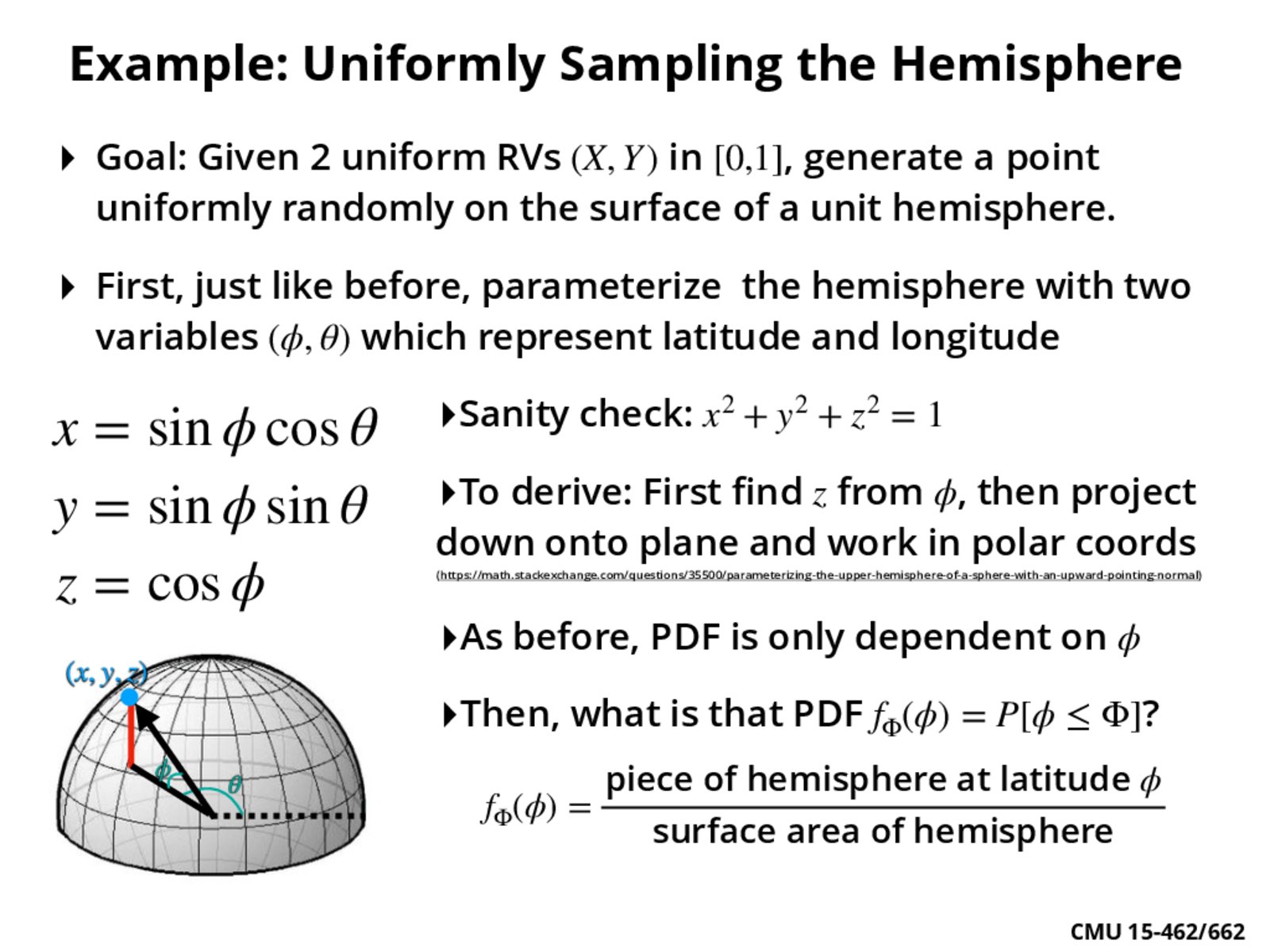

(iii) If continous functions f(x) is always increasing or decreasing in whole domain, then f(x) is one-one. (ii) If any line parallel to x-axis cuts the graph of the functions atleast at two points, then f is many-one.

(i) If a line parallel to x-axis cuts the graph of the functions atmost at one point, then the f is one-one. Hence its range is R \(\implies\) f is onto so f is bijective. Hence f'(x) always lies in the interval [1, \(\infty\)) Hence, f : Q \(\rightarrow\) Q is a bijection.Įxample : Let f : R \(\rightarrow\) R be a function defined as f(x) = \(2x^3 + 6x^2\) + 12x +3cosx – 4sinx then f is. That is every element in the co-domain has its pre-image in x.

Onto (Surjective) : Let y be an arbitrary element of Q.

Thus, f(x) = f(y) \(\implies\) x = y for all x, y \(\in\) Q. One-One (Injective) : Let x, y be two arbitrary elements in Q. Solution : We observe the following properties of f. Solution : Clearly, f is a bijection since it is both one-one (injective) and onto (surjective).Įxample : Prove that the function f : Q \(\rightarrow\) Q given by f(x) = 2x – 3 for all x \(\in\) Q is a bijection. for all y \(\in\) B, there exist x \(\in\) A such that f(x) = y.Īlso Read : Types of Functions in Maths – Domain and RangeĮxample : Let f : A \(\rightarrow\) B be a function represented by the following diagram : In other words, a function f : A \(\rightarrow\) B is a bijection, if it is Let’s begin – What is Bijection Function (One-One Onto Function) ?ĭefinition : A function f : A \(\rightarrow\) B is a bijection if it is one-one as well as onto. Here, you will learn one one and onto function (bijection) with definition and examples.


 0 kommentar(er)
0 kommentar(er)
